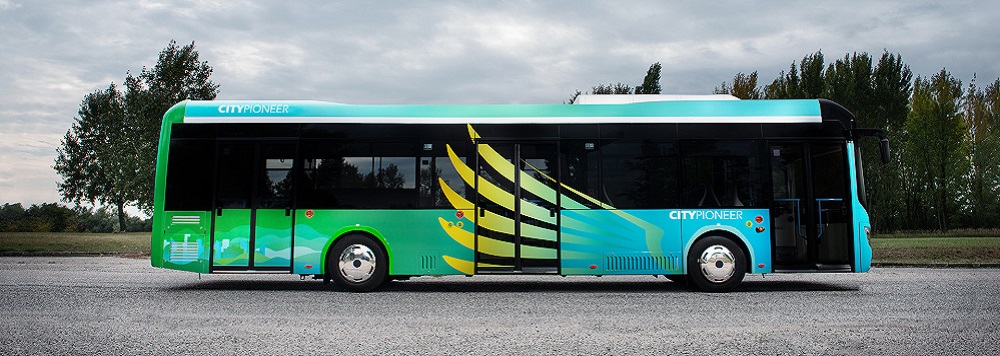EVSM Input signal specifications
The sound module produce an electronic engine sound with a simulated RPM that is proportional to the engine RPM or the speed of an electric vehicle. The different sound characters and sound volume is then determined from information about the RPM and rate of RPM change.
The requested input signal type is set with the included SoundRacer Windows program and stored on the MicroSD card.
Analog signal input
In some vehicles it is possible to find a voltage that increases with the vehicle speed.
One example is this electric scooter where the speedometer has a voltage input, http://www.youtube.com/watch?v=y39w3zX0XGw.
EVSM analog input is 0 – 3,9V. At 0V there is idling sound and at 3,9V it is a max RPM sound.
Frequency signal input
This input requires voltage pulses from a sensor on a rotating object like a wheel or shaft. It can also be pulses from a motor controller.
When the rotation speed increase, the pulses comes more often = higher frequency.
A typical sensor is a Hall element that produce pulses when a magnet passes by.
See example here http://www.youtube.com/watch?v=bNnAyVgrdgA (video shows an older sound module without MicroSD card for the sound files)
Pulses should be at last 3V. The Hall sensor in the video is connected directly to the sound module and can be ordered together with magnets and the sound module.
The requested max input frequency is set with the included SoundRacer Windows program and stored on the MicroSD card.
| Inputs | Pulsed | Analog |
| Input signal | 3,5 – 19V | 0 – 3,9V |
| Input resistance 0V – 4V | 110 kohm | 22 kohm |
| Input resistance 4V – TVS | 10 kohm | 10 kohm |
| Transient Voltage Suppressor | 20V | 5V |
CAN bus
For CAN bus input we supply an external CAN interface that is connected to the Frequency signal input.
If the vehicle CAN protocol is not alredy implemented in the CAN interface then it can be updated online with the RUI interface.








